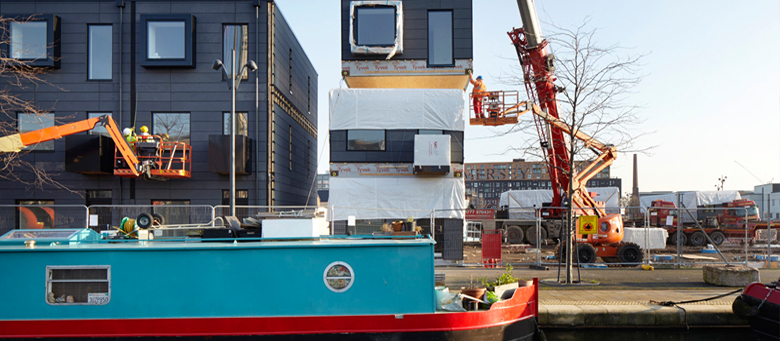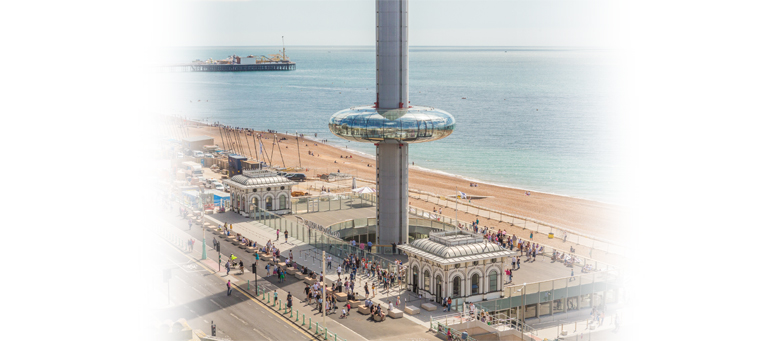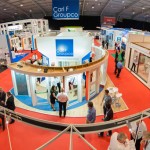No two renovation projects are ever the same, making them uniquely challenging when it comes to the design and installation of entrances, especially when a building is of aesthetic and historical significance.
Kaz Spiewakowski managing director of GEZE UK explains that it is important to balance the need to preserve historical features with those of accessibility, compliance and sustainability during the design stage.
He said: “Most heritage buildings need substantial alteration to ensure their entrances can safely cater for an increased footfall. For example, Ripon Cathedral wanted to fundamentally change the way people enter, creating an entrance that reflected its national importance and allow people to see in from the street.
“Behind the Cathedral’s large historic wooden doors, the Narthex Entrance – a stunning glass porch – has been installed flooding the Cathedral with light. We installed Slimdrive SL NT automatic operators to power the entrance and exit single-leaf doors positioned on either side of the lobby. This controlled the flow of people and created a safe automatic entrance for extremely high levels of footfall.
“At 1 Finsbury Circus, however, it wasn’t the Grade II listed building that was the issue, it was the floor! We designed an elegant circular glass entrance lobby with automatic sliding glass doors and a discreet Slimdrive SCR operator.
“The listed floor was created from the thick steel hull from a ship, the building was once home to a shipping company, making installation a challenge. It was impossible to dig into the floor to fit a floor ring so we needed to design a new way to install the doors that was both functional and aesthetically pleasing. We made a specially fabricated floor ring from a stainless steel sheet just 15mm thick, which was then machined on to the floor and every fixture was surface mounted. It was the first time we made a steel ring in this way, which was an exciting challenge.
“Sometimes a building’s use can affect the design of an entrance such as at No.1 Smithery in the Historic Dockyard Chatham where the priceless displays at needed protection from the elements – and from theft.
“Temperature and humidity changes caused by opening and closing doors needed to be minimised to preserve the historic artefacts. We installed a stylish three leaf manual TSA 325 revolving door to maintain the building’s delicate environment and a UV protective film was installed on the glass surfaces to protect the interior from sunlight.
“The revolving door enhances the historical atmosphere of the museum and reduces the speed with which people can exit, reducing the likelihood of theft. A roller shutter was installed for added security.
“Then to meet Building Regulations and the demands of the Equality Act two pass doors were installed. One was fitted with the sleek Slimdrive EMD-F automatic swing operator which was concealed in the façade. The second door was manual and was fitted with a panic bar to provide quick and easy outside access in an emergency.
“Ultimately, when it comes to specifying and installing entrances for heritage projects there’s far more to consider than the style of door and a building’s footfall. But if you consider issues such as aesthetics, functionality, the building’s use and its historical significance from the start you will create an entrance solution that like the building is truly unique.”













